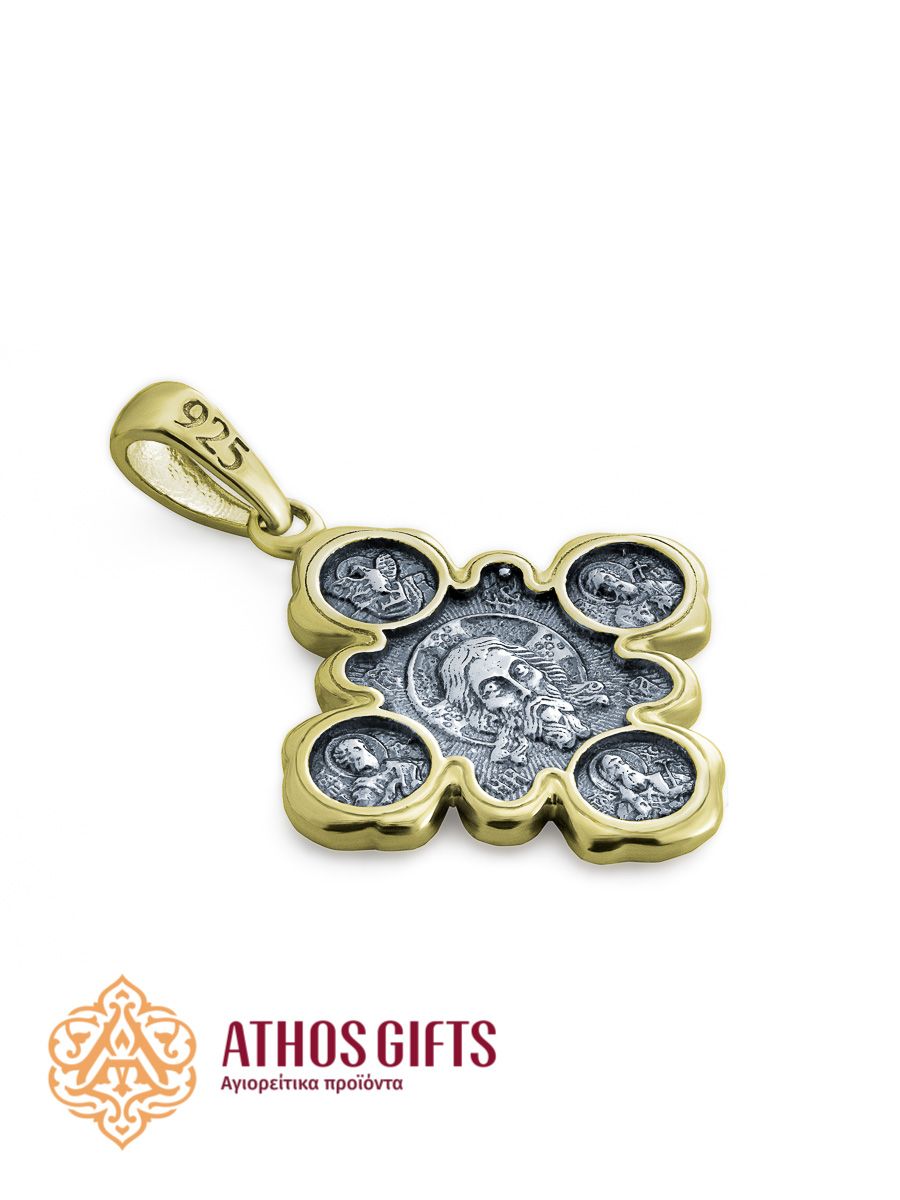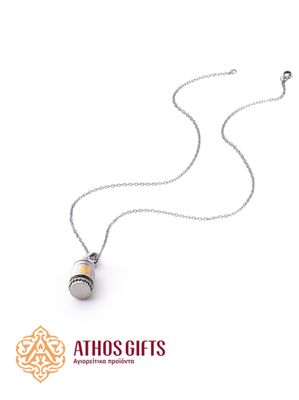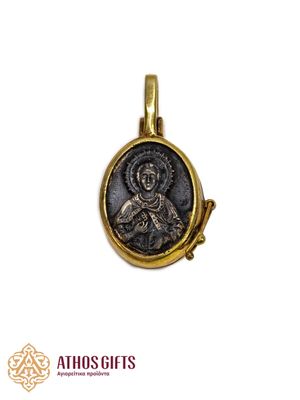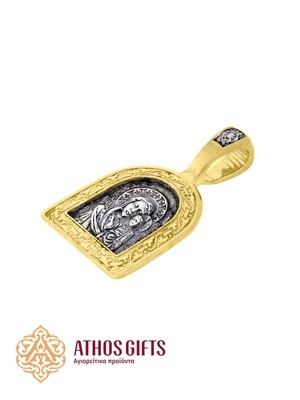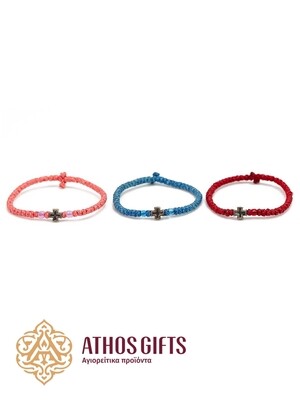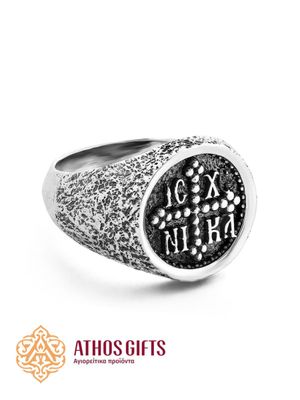Holy Mandylion silver pendant
The Holy Mandilion (from Greek μανδύλιον "cloth, towel"), or the Image of Edessa, is one of the images not made by hands, through which Jesus Christ performed one of his many miracles:
In Edessa, in Mesopotamia, there once lived a king named Abgar, who suffered from an incurable disease, leprosy. His painter Ananias, who was traveling through Judea, heard about Christ and reported it to his master. The king gave the painter a letter to Jesus, asking Him to visit and heal him. Christ has declined king's invitation, but He did not refuse to help him. According to tradition, the Mandilion was a square or rectangle of cloth upon which Jesus Christ allowed His image to be imprinted and which He then sent to Abgar, after which Abgar was healed. The Mandilion has since been kept in Edessa as a great shrine.
The Prepared Throne, or Hetoimasia (Greek ἑτοιμασία, "preparation") is depicted above the image of the Holy Mandilion. It is the Throne which Christ prepared for Himself through His sufferings and on which He will sit at His Second Coming for the Last Judgment.
Around the image of the Savior, in circles which are the symbols of Heaven and eternity, stand: St. Tikhon of Zadonsk (below), Apostle Peter (to the right) and Apostle Andrew (to the left).
The reverse depicts the Icon of Our Lady of Kazan, surrounded by Saint Alexander Nevsky (above), Saint Xenia of Saint Petersburg (below), Saint John of Kronstadt (to the right) and Saint Ignatius Bryanchaninov (to the left).
The pendant is made in the shape of a quadrifolium formed by a square with rounded corners and a rhombus superimposed on it. In the quadrifolium the square, the sign of the earth, intersects with the rhombus, signifying the Divine Glory and the New Jerusalem—thus creating a visual image of the union of the earthly and the eternal.
